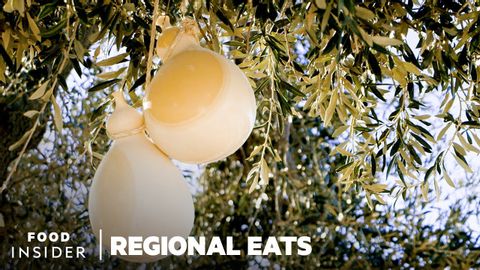カシオカヴァッロチーズはイタリアでどのように作られているのか? (How Caciocavallo Cheese Is Made In Italy | Regional Eats)
林宜悉 が 2021 年 03 月 06 日 に投稿  この条件に一致する単語はありません
この条件に一致する単語はありませんUS /ˈprɑsˌɛs, ˈproˌsɛs/
・
UK /prə'ses/
- v.t.(コンピュータの)データを処理する;処理する;処理する;一連の工程を経る;加工する : 加工処理する;理解する
- n. (c./u.)手続き;一連の行為;方法;訴訟手続き;プロセス (コンピューター)
US /ɪˈsɛnʃəl/
・
UK /ɪ'senʃl/
- v.t./i.ストレッチをする : 体を伸ばす;伸ばす : 張る : 広げる
- n.ストレッチ : 体を伸ばすこと;一続きのもの;(一続きの)時間 : 期間
US /kəmˈpliːtli/
・
UK /kəmˈpli:tli/
エネルギーを使用
すべての単語を解除
発音・解説・フィルター機能を解除
